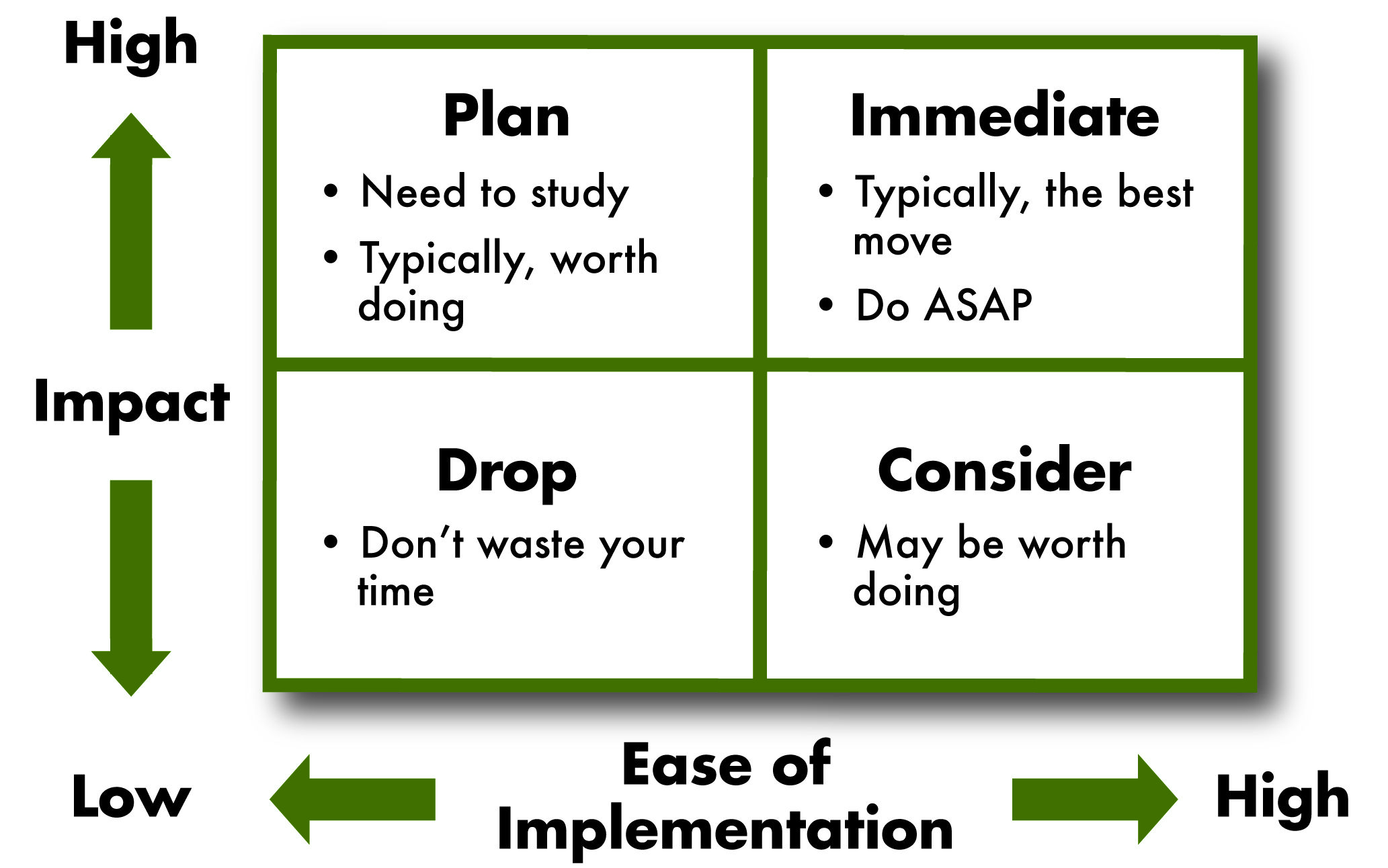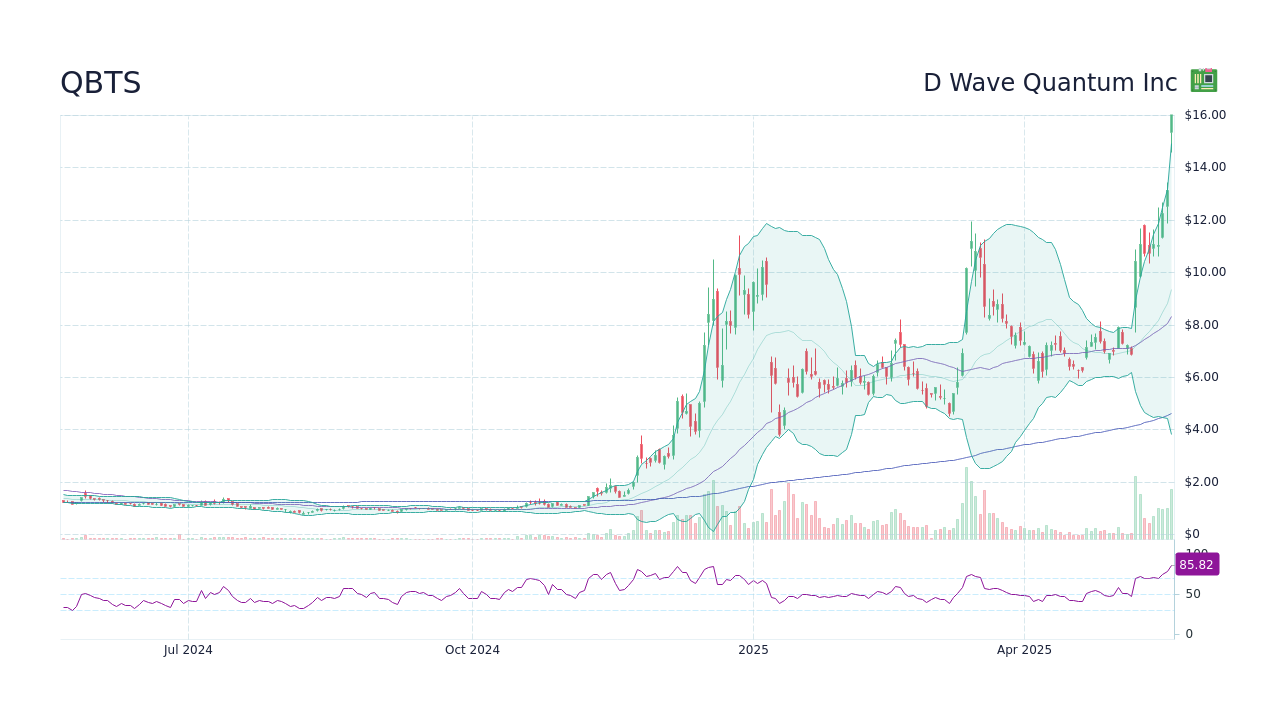Manufacturing Jobs In America: Assessing The Feasibility Of Trump's Vision

Table of Contents
The State of American Manufacturing Before and After Trump's Presidency
Before 2016, American manufacturing faced a prolonged decline. Globalization, automation, and the shift of manufacturing to lower-cost countries like China led to significant job losses in the sector. The steel and automotive industries, once cornerstones of the American economy, experienced substantial downsizing. This decline resulted in a loss of manufacturing jobs and impacted entire communities.
Trump's administration implemented policies aimed at reversing this trend, primarily through tariffs on imported goods and deregulation. While these actions led to some short-term gains in specific sectors, the overall impact on manufacturing job growth remains complex and debated.
- Changes in manufacturing employment numbers: While some manufacturing jobs were created during the Trump administration, the growth was not as substantial as promised, and it often failed to offset job losses in other areas.
- Impact of tariffs on specific industries: Tariffs on steel and aluminum, for example, protected domestic producers but also increased costs for businesses using these materials, potentially leading to job losses in other sectors.
- Analysis of job creation vs. job displacement: The net effect of Trump's policies on overall employment in the manufacturing sector is still under intense scrutiny by economists. Many jobs may have been saved but not necessarily created.
- Comparison to other developed nations' manufacturing sectors: The US still lags behind many other developed nations in terms of manufacturing output and employment relative to its overall economy.
Challenges to Reshoring and On-Shoring Manufacturing Jobs
Bringing manufacturing jobs back to the US faces significant hurdles. The economic realities are complex, and a simple reversal of past trends is not easily achievable.
- Automation's impact on employment: Automation and robotics continue to reduce the need for manual labor in manufacturing, regardless of location. This technological shift necessitates a focus on high-skill jobs rather than simply aiming to replicate previous low-skill manufacturing roles.
- Cost comparisons of manufacturing in the US vs. other countries (China, Mexico): Labor costs in the US remain significantly higher than in many other countries, making it challenging to compete on price. This cost differential significantly impacts the decision-making processes of businesses considering reshoring or onshoring.
- Difficulties in reskilling and upskilling the workforce: The transition to a more technologically advanced manufacturing sector requires significant investment in reskilling and upskilling the workforce to meet the demands of new jobs. A substantial skills gap currently exists.
- The role of infrastructure in supporting manufacturing growth: Adequate infrastructure, including transportation networks and reliable energy supplies, is critical for efficient and cost-effective manufacturing operations. Investment in these areas is crucial to support the growth of the sector.
Technological Advancements and the Future of Manufacturing Jobs in America
Technological innovation is reshaping the future of manufacturing. The rise of advanced manufacturing techniques offers both challenges and opportunities.
- Examples of advanced manufacturing technologies: 3D printing (additive manufacturing), artificial intelligence (AI), robotics, and automation are transforming manufacturing processes and creating new possibilities.
- Types of new jobs created by these technologies: These advancements are leading to the creation of high-skill, high-paying jobs in areas such as software engineering, data science, robotics engineering, and advanced manufacturing process management.
- Government initiatives to support technological advancements in manufacturing: Government investment in research and development, as well as funding for education and training programs, are essential for fostering innovation and preparing the workforce for these new roles.
- The importance of STEM education in the future of manufacturing: A strong emphasis on Science, Technology, Engineering, and Mathematics (STEM) education is crucial for ensuring a skilled workforce capable of driving innovation and competitiveness in the manufacturing sector.
Government Policies and their Effectiveness in Supporting Manufacturing Jobs in America
Trump-era policies aimed at boosting manufacturing had mixed results. While some programs offered tax incentives and subsidies to encourage domestic production, their long-term sustainability and overall effectiveness remain a subject of ongoing debate.
- Specific examples of government programs aimed at supporting manufacturing: These programs varied in their effectiveness and scope, with some showing modest success while others failed to achieve their intended goals.
- Analysis of the success or failure of these programs: A thorough evaluation of these initiatives is crucial to understand what worked, what didn't, and how future policies can be improved.
- The impact of trade wars on manufacturing jobs: Trade wars initiated by the Trump administration had complex and unpredictable effects on the manufacturing sector, leading to both gains and losses depending on the industry.
- Suggestions for alternative policy approaches: Moving forward, policies should focus on fostering innovation, investing in education and training, and creating a more competitive business environment. This requires a strategic approach encompassing trade, taxation, and workforce development.
Conclusion
This article has examined the feasibility of revitalizing American manufacturing and bringing back manufacturing jobs in America, focusing on the legacy of Trump's vision. While some progress was made, the reality is far more complex than a simple return to previous models. The future of manufacturing depends heavily on embracing technological advancements, investing in workforce development, and adopting sustainable and competitive economic policies. Simply bringing jobs back is not enough; creating high-skill, well-paying jobs is the key.
Call to Action: The need for a comprehensive strategy to bolster manufacturing jobs in America remains crucial. Let's continue the conversation about effective policies and innovative approaches to ensure a strong and thriving American manufacturing sector for generations to come. Learn more about the challenges and opportunities facing manufacturing jobs in America today and participate in shaping a brighter future for American manufacturing.

Featured Posts
-
 Millau Dans Les Souvenirs De Marc Lievremont
May 20, 2025
Millau Dans Les Souvenirs De Marc Lievremont
May 20, 2025 -
 Affaire Jaminet Accord Trouve Pour Le Remboursement Des 450 000 E
May 20, 2025
Affaire Jaminet Accord Trouve Pour Le Remboursement Des 450 000 E
May 20, 2025 -
 Nyt Crossword Answers For April 25 2025
May 20, 2025
Nyt Crossword Answers For April 25 2025
May 20, 2025 -
 Why No Murder In Agatha Christies Towards Zero Episode 1
May 20, 2025
Why No Murder In Agatha Christies Towards Zero Episode 1
May 20, 2025 -
 Projet D Adressage D Abidjan Systeme De Numerotation Des Immeubles
May 20, 2025
Projet D Adressage D Abidjan Systeme De Numerotation Des Immeubles
May 20, 2025
Latest Posts
-
 Why Is D Wave Quantum Qbts Stock Price Falling In 2025
May 20, 2025
Why Is D Wave Quantum Qbts Stock Price Falling In 2025
May 20, 2025 -
 D Wave Quantum Qbts Stock Performance On Monday Causes And Implications
May 20, 2025
D Wave Quantum Qbts Stock Performance On Monday Causes And Implications
May 20, 2025 -
 Mondays Market Deciphering The D Wave Quantum Inc Qbts Stock Fall
May 20, 2025
Mondays Market Deciphering The D Wave Quantum Inc Qbts Stock Fall
May 20, 2025 -
 D Wave Quantum Qbts Stock Understanding The 2025 Decline
May 20, 2025
D Wave Quantum Qbts Stock Understanding The 2025 Decline
May 20, 2025 -
 Analyzing The D Wave Quantum Qbts Stock Decrease On Monday
May 20, 2025
Analyzing The D Wave Quantum Qbts Stock Decrease On Monday
May 20, 2025
